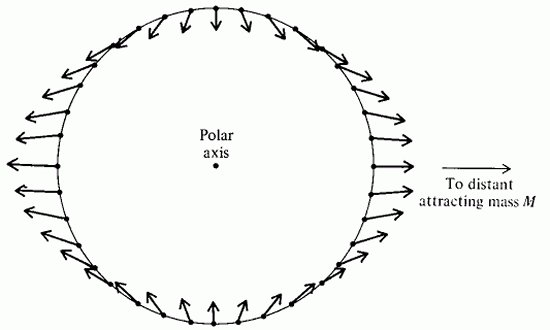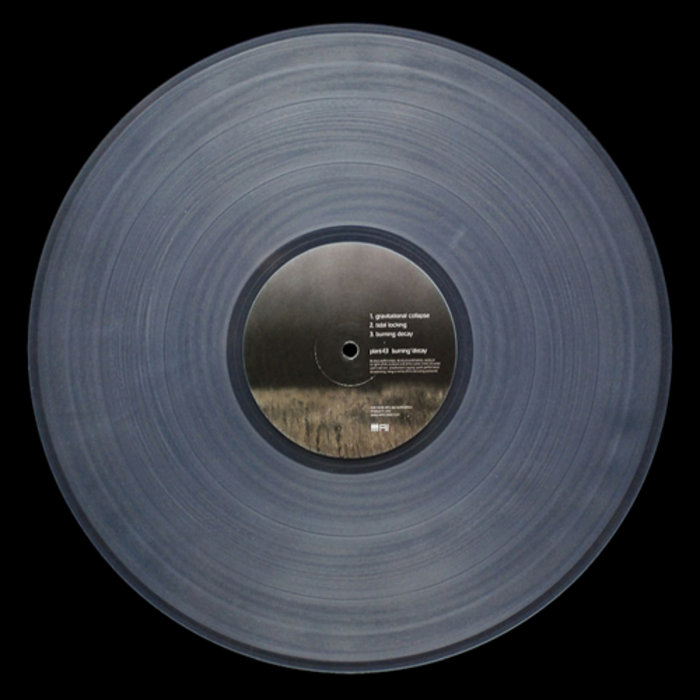
Cooling of the still-hot lunar interior is causing the Moon to shrink, but the pattern of orientations of the scarps indicate that Earth’s gravitational pull contributes to the formation of these cracks. Lobate scarps like the one shown here are like stair-steps in the landscape formed when the Moon’s crust is squeezed together, breaks, and is pushed upward to create a cliff. Thousands of young, lobate scarps have been revealed in Reconnaissance Orbiter Camera images. Neap tides occur around the first and last quarter phase of the Moon, when the Moon’s orbit around Earth brings it perpendicular to the Sun.
TIDAL LOCKING FULL
Spring tides always happen when the Moon is at the full or new phase, which is when the Sun, Moon and Earth are in alignment. You can tell when a spring tide or neap tide is happening without being anywhere near the water.

About a week later, when the Sun and Moon are at right angles to each other, the Sun’s gravitational pull works against the Moon’s gravitational tug and partially cancels it out, creating the moderate tides called neap tides.

Twice a month, when the Earth, Sun, and Moon line up, their gravitational power combines to make exceptionally high tides where the bulges occur, called spring tides, as well as very low tides where the water has been displaced. But it’s a distant gorilla, about 390 times farther away than the Moon, which gives it a little less than half of the Moon’s tide-generating force. The Sun ― with about 27 million times the mass of the Moon ― is always the gorilla in the room when it comes to solar system equations. Now, the Moon is the biggest influence on Earth’s tides because of its proximity ― but it isn’t the only influence. To get a true estimate of the tides near you, you’ll have to check the local tides forecast. The tides we actually see at our shores are affected by everything from the shape of Earth’s continents to wind and storms. In addition, Earth isn’t a perfect, smooth sphere. This means that the high tide bulges are never directly lined up with the Moon, but a little ahead of it. When the Moon’s gravity pulls at Earth, the water doesn’t float outward, it just gets pushed and squeezed around on the globe, directed by both gravitational pull and other forces, until it ultimately ends up bulging out on the side closest to the Moon and the side farthest away.Ĭan you easily predict the tides by following the path of the Moon? Not really! First of all, because the Moon is orbiting in the same direction as the Earth rotates, it takes extra time for any point on our planet to rotate and end up exactly below the Moon. It’s easier to slide the water around on the table rather than lift it directly upwards. Now think about pouring a bucket of water out on a table. The strongest pull occurs on the points closest to the Moon, and the weakest on the points farthest away, but every bit of water is affected. This happens because the Moon’s gravity affects the entire Earth, pulling at every point on our planet. It might seem strange that the ocean would bulge on the side farthest from the Moon as well as the side closest to it. The low points are where low tides occur. The notorious case of the Mars' moon Phobos is presented as an example of a satellite that is past the no return point and, therefore, will not reach a stable or unstable tidally locked orbit.In this simplified animation, Earth’s oceans bulge out on both the side closest to the Moon and the side farthest from the Moon. An analysis of the effective potential, which in this limit depends on only two parameters, allows one to clearly visualize the properties of the system. The limiting case in which one of the two orbiting objects is point-like is studied in detail. The method described in this work results in compact expressions for the radius of the circular orbit and the tidally locked spin/orbital frequency. In fact, the existence of a local minimum and saddle point, corresponding to tidally locked circular orbits, is regulated by a single dimensionless control parameter that depends on the properties of the two bodies and on the total angular momentum of the system.

It is shown that the effective potential of such a system is an example of a fold catastrophe. The purpose of this work is to study the phenomenon of tidal locking in a pedagogical framework by analyzing the effective gravitational potential of a two-body system with two spinning objects.


 0 kommentar(er)
0 kommentar(er)
